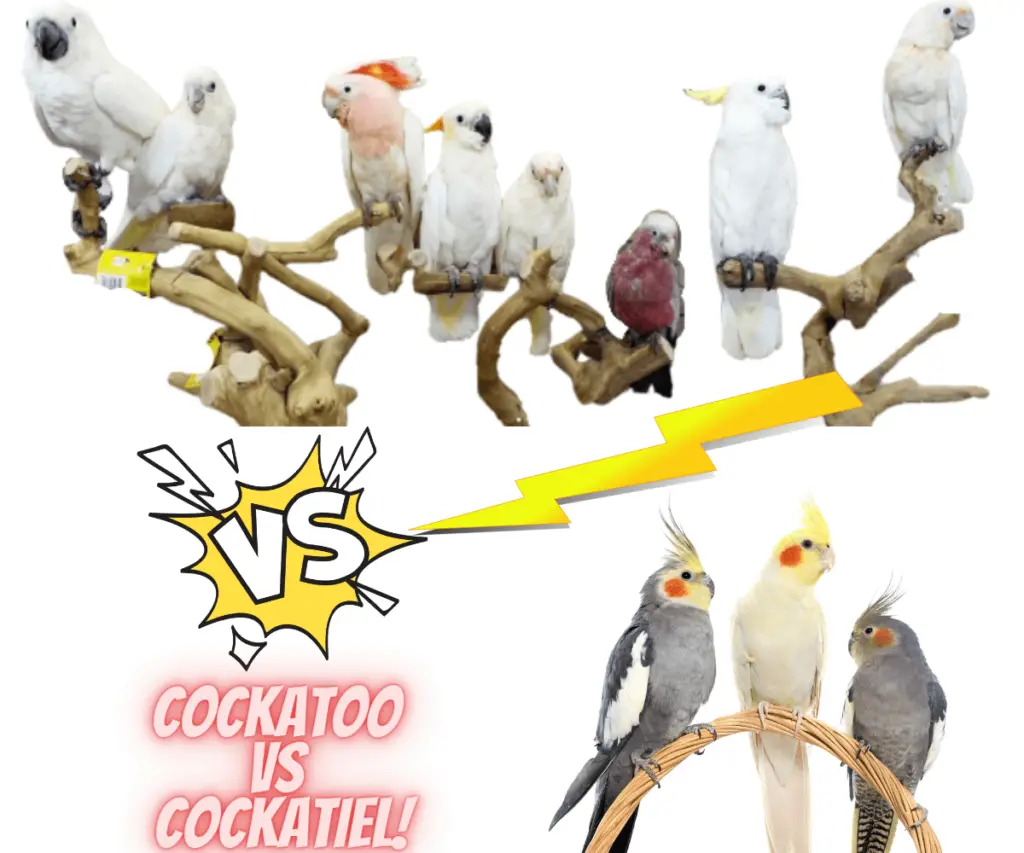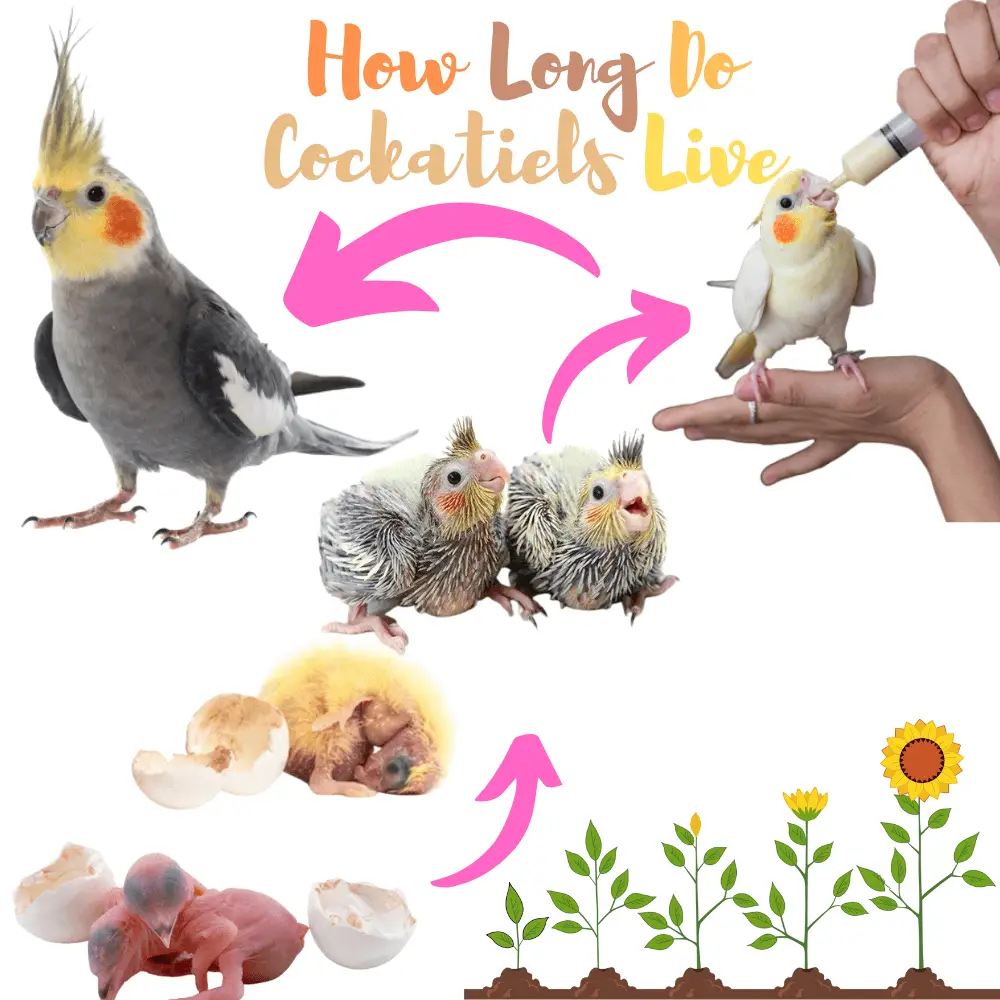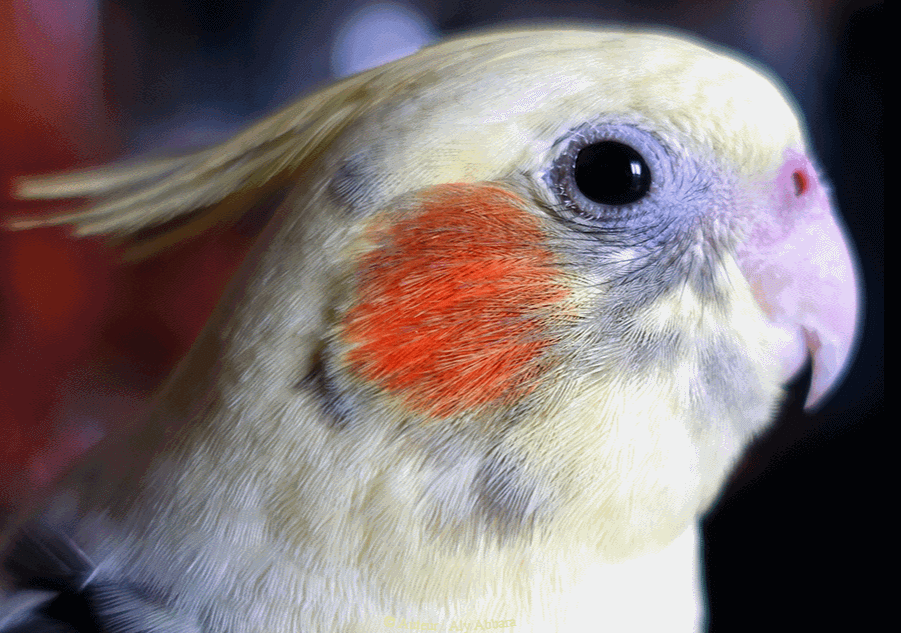
cockatiels lifespan/How long does cockatiel live
How long does cockatiel live: The Cockatiel lifespan varies on average between 15 and 20 years. When she evolves in an environment of very good quality, she can sometimes even live up to 30 years.
Cockatiel lifespan
How long does cockatiel live :
The cockatiel lifespan is also about 15 years. Like her wavy mate, she too comes from Australia, Cockatiels lifespan is immediately recognizable by her physique and particularly by her head! Indeed, Cockatiels lifespan is predominantly yellow and has two orange-red spots on the cheeks.
what’s the difference between a cockatoo and a cockatiel

The Cockatiels bird has a much smaller bill than the cockatoo’s parrot, which makes sense since they are smaller. The cockatoos have a shorter tail, while. Cockatiels’ lifespan has a long tail that is about half of their body
The Cockatiels lifespan ( Nymphicus hollandicus ) or Puppy Parakeet is a companion bird, cockatiel is a species of Australian bird highly recommended for beginners and appreciated for its qualities. It cockatiel is the only species of the genus Nymphicus .it is part of the same family as the Cockatoo.
The cockatiel is Similar in size to a small pigeon bird. Sometimes referred to as a parakeet, although quite noisy, In this technical sheet, you will find basic information on the cockatiel.
Cockatiel lifespan in captivity
The Cockatiel Parakeet sometimes called with its English name – cockatiel, is part of the order Psittaciformes, that is, parakeets and parrots, and of the Cacatuidae family (to which the Cockatoos also belong).
- Scientific name: Nymphicus Hollandicus.
- Size: between 30 and 36 cm.
- Weight: between 85 and 150 g.
- Longevity: from 11 to 20 years.

Cockatiel wild
The cockatiel is native to Australia. Cockatiels are found in the wild over much of Australia. In the 18th century, when Australia was colonized by Europe, the first birds of this species were transported by boat by explorers. the cockatiel is Easy to tame, is spreading quickly, and becoming popular in the USA.
Physical characteristics of the Cockatiel Parakeet
The cockatiel is a small parakeet . The classic-looking cockatiel is characterized by the gray color of the nape of the neck and the long feathers of its crest, the yellow color of its head and the bottom of its hut, and the white stripes on the wings, the orange spots on the ears.
However, there are a number of mutations in the cockatiel which explains the large variety of colors in this species.
To sex cockatiels, you have to wait for the first molt, which usually happens from the 4th month. Before this age it is very difficult to determine the sex of this bird: the young of both sexes are identical.
In adulthood the male has a more yellow head than the female, the orange of the “cheeks” is darker, and the color of the wings too.
The cockatiel parakeet is a bird resistant to many diseases. In addition, this species only rarely has behavioral disorders, which are very common in large parrots.
How long do cockatiels live in captivity

cockatiel lifespan at home
Cockatiel cage set up
How long does a cockatiel live
If you adopt a single cockatiel, you can put it in a spacious cage (the largest possible), for several birds it will be necessary to provide an aviary.
Once a day the cockatiel should be able to fly into a suitable room (check that there is no danger to the bird). If your bird does not have a companion of its kind, put the cage where most of your family’s life takes place: it is very important for these sociable and affectionate parakeets to feel close to you.
Equip the cage with several perches (natural branches will do very well) and toys (bells, swings … NB: mirrors are not recommended as they are considered dangerous for their psychological balance).
Male cockatiel behavior
The male, from a certain age, performs a display during which he opens his wings in the shape of a heart while singing merrily. It can occasionally strike with its bill on the perch or on the ground. This behavior is unique to males and consists of a good means of sex.
Female cockatiel behavior
In pearl cockatiels, recognizable by white dots on a body of a color other than white, the males lose their “pearls” after the first molt while the females keep them.
The cockatiels are so popular as pets. They have a lot of indisputable qualities that you will quickly benefit from by adopting a cockatiel. Cockatiels:
- tame very easily.
- are sociable and affectionate.
- are gentle and kind to children.
- have a fairly balanced, peaceful character, have a certain independence and look after themselves.
- learn fast, are intelligent, and curious.
- are interesting to observe: lively, expressive, playful, and very cute.
- are loyal to their master.
- easily coexist with other pets.
Be careful, however, for sensitive ears: cockatiels can be quite noisy!
Cockatiel feeding schedule
Most specialists recommend special dietary pellets for large parakeets that will provide a balanced basis of nutrition for your cockatiel. Cockatiel food should be supplemented with vegetables highly recommended: Green Vegetables, and Fresh Fruits. From time to time you can give unsweetened cereal, millet once a week, sometimes eggs or a little legs.
Cockatiel feeding chart: The cockatiel should always have fresh water available. You can also offer him, twice a week, orange juice or apple juice added to the water (useless if the bird regularly eats fruit). Place a cuttlebone (source of calcium for his bones) and a mineral block.
To be excluded from the cockatiel’s diet: avocado, parsley, beetroot, raw potato, chocolate, tea, coffee, and all dairy products, cold meats, onions, garlic, shallots, mushrooms, citrus fruits, rhubarb, cabbage, and soft drinks …
Cockatiel lifespan
Baby cockatiel
The cage of the cockatiel should be cleaned once a week. That said, you must always ensure that it remains clean, as well as change the feeders and the bottom of the cage every day. Your parakeet also needs very good hygiene itself: give it a bath or, even better, a shower by spraying (with lukewarm water), once a day minimum. Check that the bird is not exposed to drafts (this is of vital importance!).
It is necessary to regularly check the absence of parasites (beak scab, lice, etc.) and ensure that your cockatiel’s claws and beak are in good condition.
Finally, do not forget that the cockatiel, like all parakeets and parrots, needs good stimulation: offer him toys and renew them regularly (no need to fill the cage with accessories, it is worth better to put a single simple game and replace it with another once a week!). If possible, adopt a second cockatiel: your parakeet needs company. Know that the occupation of these birds by variable and stimulating activities avoids behavioral disorders! Boredom is a big enemy of cockatiels.
Cockatiel breeding
The reproduction of cockatiels is possible from one year, it is nevertheless preferable that the male is at least 15 months old and the female 18 months old. Good food preparation for your birds is to plan a month before the reproduction: give your parakeet’s vitamin seeds, egg mash, and water in large quantities …
Install a spacious nest box (minimum dimension: 25 x 25 x 35) made of thick wood or PVC outside the cage or directly in the aviary, if your parakeets live in an aviary. The female will lay between 4 and 7 eggs and the incubation will last about 20 days. Male and female cockatiels either incubate alternately (male by day and female by night), or both together. The chicks leave their nests around 6 weeks after birth and become completely independent from their parents by the age of 8-10 weeks. A couple can make up to 6 broods per year but it is recommended not to exceed 3 broods in the year.
Cockatiel price
How much does cockatiels cost?
What is the price of Cockatiels? The price of cockatiels can be very variable, depending on where you buy them, their mutation, or the method of breeding. You can find a cockatiel for 25$ on a bird exchange, just as you can come across an advertisement for the sale of a (hand raised) cockatiel.
Generally, the prices are around $80 on classified ad sites and amount to $150 to $250 for birds with an interesting mutation and in places of specialized sales.
Cockatiel price range
| Lutino Cockatiel | $150 to $250 |
|---|---|
| Cinnamon Cockatiel | $130 to $160 |
| Pied Cockatiel | $110 to $170 |
| Pearl Cockatiel: | $150 to $200 |
Related Articles:




















